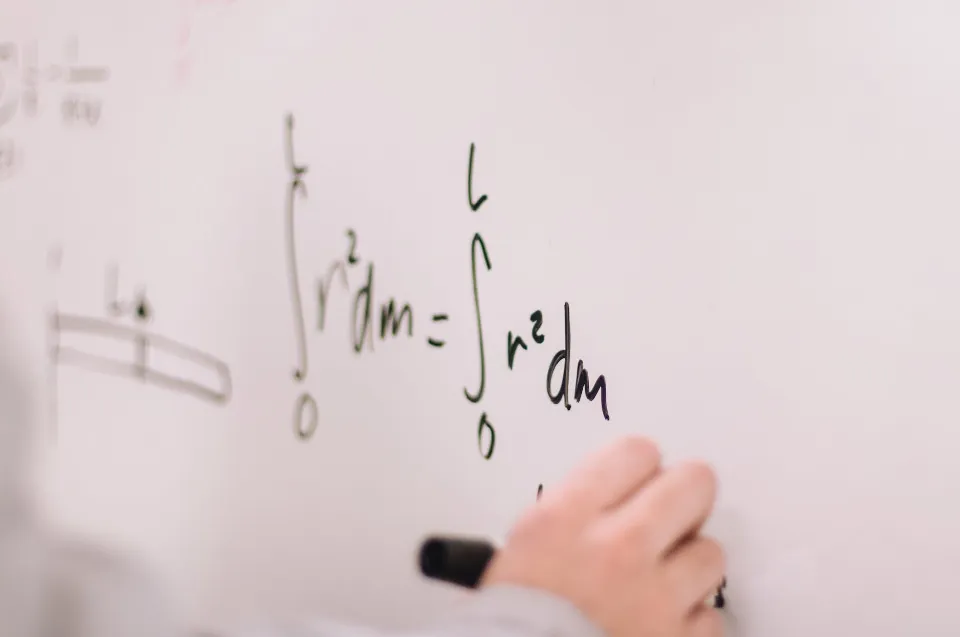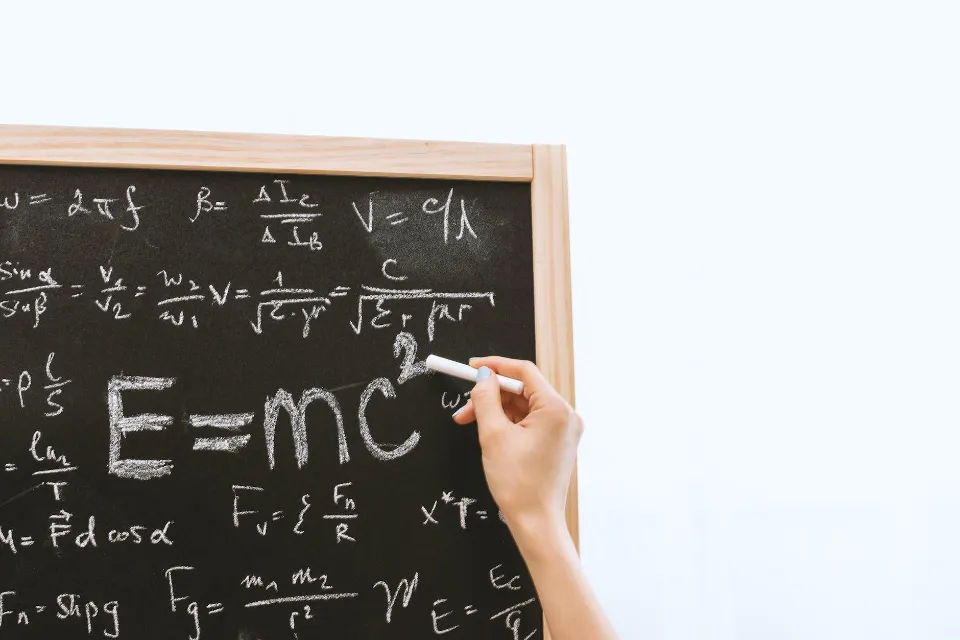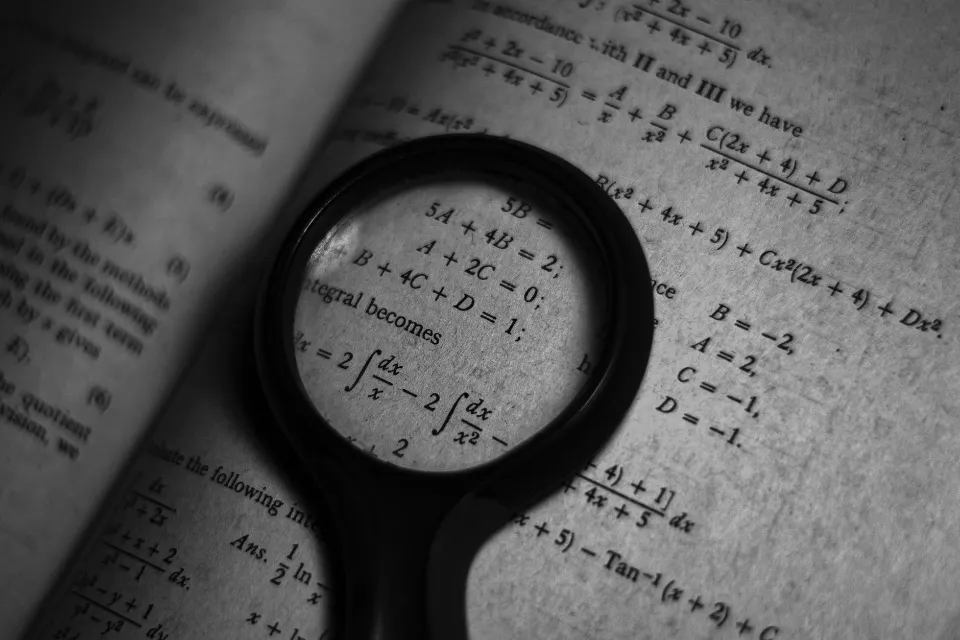
What is Conceptual Understanding in Math? the Importance
One of the Common Core’s three definitions of rigor is conceptual understanding. Learn what it is and why it is significant.
The majority of you have probably heard of conceptual programs and conceptually-based problems when it comes to learning math. In essence, conceptual understanding entails having well-organized facts that are connected to other facts as well as isolated facts.
Additionally, over the years, it has been emphasized how crucial conceptual understanding is as a fundamental element of learning math. Let’s first define conceptual understanding so that we can discuss its importance before moving on to the why.
What is Conceptual Understanding?
In order to have a conceptual understanding, a student must be taught not only how to do math but also the reasoning behind it.
To be able to apply their math knowledge to a wide range of problems, students are encouraged to see the larger framework that underlies all math topics and to think flexibly. I’d like to use a real-world example to illustrate why this is significant rather than attempting to philosophically explain this concept.
Here is a recipe for a straightforward white sauce. Spend a few minutes learning it by heart.
- Melt two tablespoons of butter over medium heat in a small saucepan.
- Add 2 tablespoons flour, 1/8 teaspoon salt, and a pinch of pepper while whisking. Stir until smooth.
- Whisk in 1 cup of milk gradually.
- To thicken, cook and stir for 2 minutes after bringing to a boil.

See if you can remember it now that you’re not looking at the computer.
Even if you can recall it right now, imagine a future time when you needed to make the white sauce but didn’t have the recipe on hand. If I had never made white sauce before, I would probably become anxious as I desperately searched for the recipe in the depths of my mind.
However, if I had a conceptual grasp of white sauces, I would be aware that they all start with the preparation of a roux, which is step 2 in the recipe. This roux is made of equal parts fat and flour.
I would also be aware that the milk must be incorporated gradually, so I would probably just keep adding milk until the mixture had the proper consistency. Even though I might be anxious, I won’t freak out because I am aware of the fundamentals that I can use in this specific circumstance.
What is Conceptual Understanding in Math?
The term “conceptual understanding” refers to a comprehensive and practical grasp of mathematical concepts. Children who comprehend concepts are knowledgeable about more than just isolated facts and procedures. They comprehend the importance of a mathematical concept and its range of applications.
They put their knowledge into a logical structure that makes it possible for them to learn new ideas by relating them to what they already know.
Understanding the ideas behind the concepts also aids in retention because the information that has been acquired through understanding is easier to remember and put into practice. Information that has been lost can also be recovered.

Teaching kids conceptual understanding involves not only showing them how to do something but also motivating them to do it.
Children can think more fluidly, apply their math skills in a variety of contexts, and use higher-order thinking skills by developing conceptual understanding, which helps them see the bigger picture that underlies all math topics and exercises.
This was proven true by the research conducted by Gao and Bao, whose findings showed that:
Students who were enrolled in concept-based learning environments performed better than those who were enrolled in conventional learning environments. Students who learned conceptually actually preferred the teaching methods more, and a stronger understanding of the concepts led to greater understanding and transferability.
How Conceptual Understanding Helps in Math?
The ability to grasp mathematical concepts holistically and practically is referred to as conceptual understanding in mathematics. In addition to formulas and procedures, students will understand why the ideas they are learning are important and how they can be put to use.
Students learn new subjects more quickly when they organize their knowledge into a coherent whole and connect it to previously studied subjects.
Students can represent mathematical situations in a variety of ways and how they can be used for various purposes thanks to conceptual understanding, which is one benefit.
The formulas will be simpler to remember and use if students are able to connect the various facts and techniques they have learned. They can also be recreated, making it unlikely that they will remember the formulas incorrectly.
Let’s look at a straightforward scenario where students are required to solve multiple equations at once. They might try to sketch something that will help them determine the values of x and y or use other tangible objects to demonstrate their work.

The students may be able to establish a standard measure for both x and y and figure out the value by attempting to convert x into y or y into x. However, the representations they create can vary.
Students will likely use different solutions as a result of comparing the various representations; if they can produce the same result, they can then discuss the advantages, differences, and connections between them.
By learning substitution and elimination for simultaneous equations in Additional Math, for example, they are able to apply previously learned concepts and techniques to new material.
Students who understand the ins and outs of sine, cosine, and tangent as well as how they function, for instance, are more likely to come up with their own procedures to be able to work backward and prove that one equation is equal to another when the question requires it.
Conclusion
Understanding the concepts conceptually in math is preferable to memorization of the concepts. Questions might be slightly altered during exams to confuse students.
Students have a better chance of adapting and solving these problems if they can understand how to apply the concepts rather than simply recalling what they are.
Strong conceptual understanding teaches students how to think and reason, and occasionally they even start to enjoy math.
FAQs
How Do Students Show Conceptual Understanding in Math?
When students show that they can recognize, label, and create examples of concepts, use and relate models, diagrams, manipulatives, and various representations of concepts, identify and apply principles, and know and apply facts and definitions, they are demonstrating conceptual understanding in mathematics…
What Does It Mean to Understand Conceptually?
In essence, conceptual understanding entails having well-organized facts that are connected to one another as well as having knowledge of more than just individual facts.


